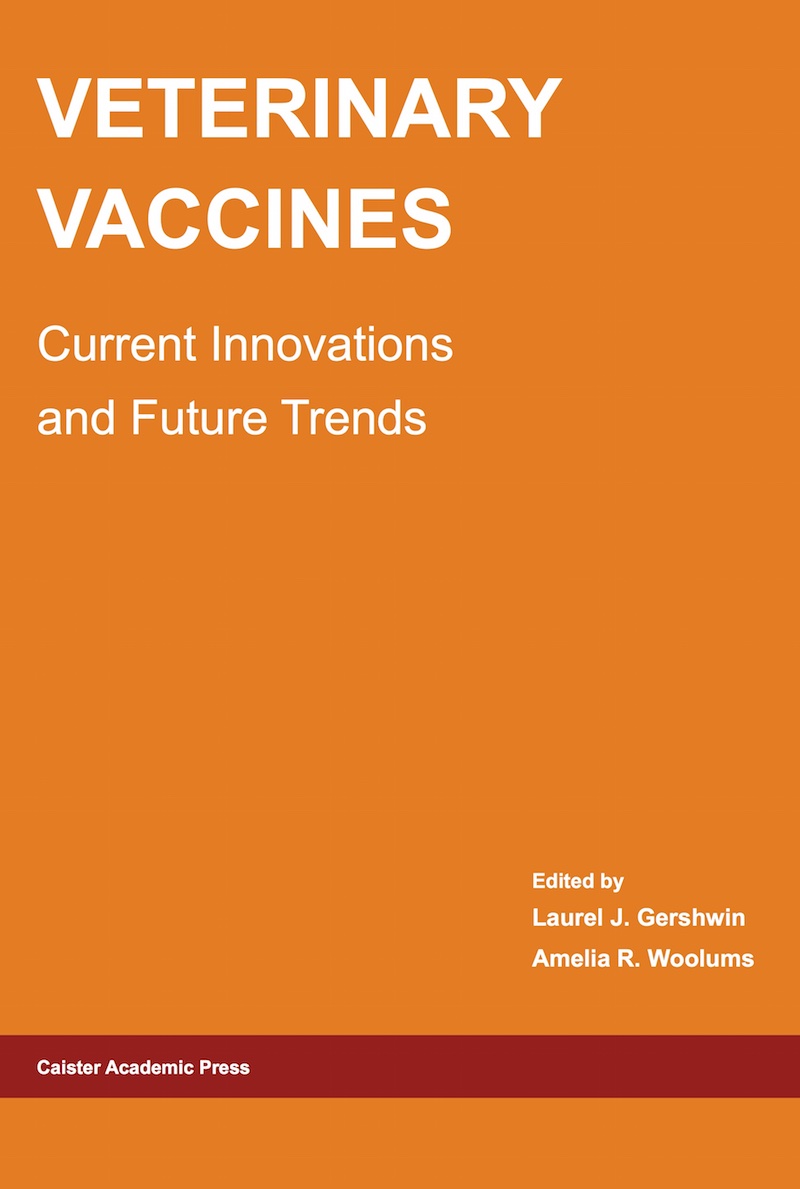CIMB Abstract
Curr. Issues Mol. Biol. (2004) 6: 43-56.The Sleeping Beauty Transposable Element: Evolution, Regulation and Genetic Applications
Zoltán Ivics, Christopher D. Kaufman, Hatem Zayed, Csaba Miskey, Oliver Walisko and Zsuzsanna IzsvákMembers of the Tc1/mariner superfamily of transposable elements isolated from vertebrate species are inactive due to the accumulation of mutations. A representative of a subfamily of fish elements estimated to be last active >10 million years ago has been reconstructed, and named Sleeping Beauty (SB). This element opened up new avenues for studies on DNA transposition in vertebrates, and for the development of transposon tools for genetic manipulation in important model species and in humans. Multiple transposase binding sites within the terminal inverted repeats, a transpositional enhancer sequence, unequal affinity of the transposase to the binding sites and the activity of the cellular HMGB1 protein all contribute to a highly regulated assembly of SB synaptic complexes, which is likely a requirement for the subsequent catalytic steps. Host proteins involved in double-strand DNA break repair are limiting factors of SB transposition in mammalian cells, underscoring evolutionary, structural and functional links between DNA transposition, retroviral integration and V(D)J recombination. SB catalyzes efficient cut-and-paste transposition in a wide range of vertebrate cells in tissue culture, and in somatic tissues as well as the germline of the mouse and zebrafish in vivo, indicating its usefulness as a vector for transgenesis and insertional mutagenesis.
Access full article: free download



